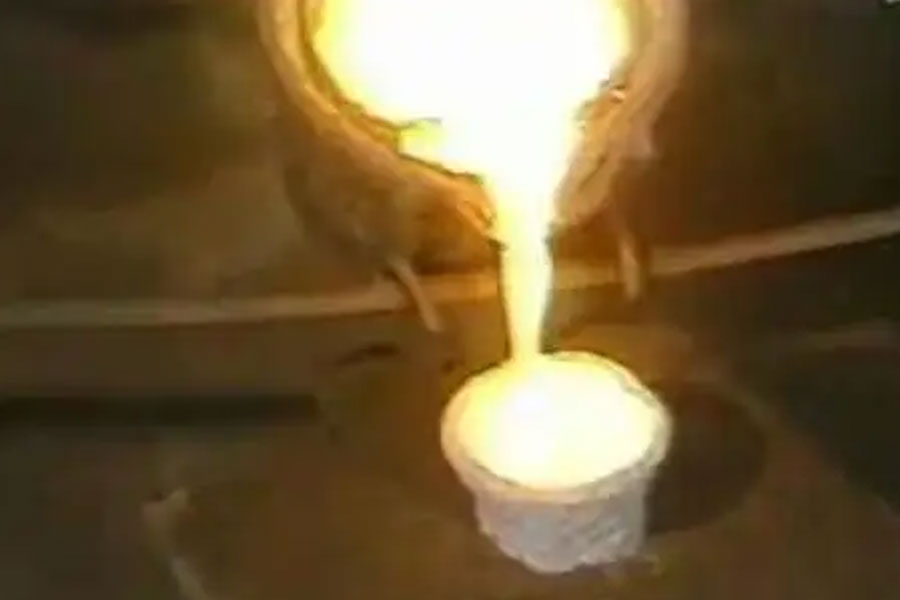After the precision casting is poured in the production process, it will gradually cool and solidify. This process follows certain rules. For precision castings, there are two solidification methods: sequential solidification and simultaneous solidification. Let’s discuss which solidification method is best.
Which solidification method to take first depends on the needs of the casting. If the casting is required to be dense, the principle of sequential solidification is adopted; if the requirement for denseness is not high, the principle of simultaneous solidification is adopted.
Secondly, for alloys with large solidification shrinkage without producing a large number of crystalline skeletons that hinder feeding, such as cast steel, ductile iron, etc., tend to solidify directionally; while solidification shrinkage is large, but there is a tendency to produce crystalline skeletons that hinder feeding. Alloys that are easy to form dispersed shrinkage, such as tin bronze, or alloys with little solidification shrinkage, such as gray iron, tend to use simultaneous solidification.
For castings that are prone to thermal cracking and deformation, the principle of simultaneous solidification can be adopted, while for products with large differences in thickness, the principle of sequential solidification should be adopted. For castings or some parts of the castings that are subjected to high temperature and high pressure, no leakage is allowed, or the force is very large and must be used absolutely safely; the parts on the castings that have higher requirements and need to be processed should be solidified sequentially. Although some part of the casting is subjected to large force, other requirements are not high, and it is not a hot joint;
When the wall thickness is uniform, the principle of simultaneous solidification should be adopted. In addition, it can also be seen from the above that a casting does not necessarily adopt one solidification method, but can also adopt two solidification methods, according to the needs of the product. Where the wall thickness is uniform, the principle of simultaneous solidification is adopted, and where the wall thickness varies greatly, the principle of sequential solidification is adopted.
From the above description, it can be seen that the solidification mode of precision castings is determined by its material properties.

